VALERIE JAUDON (n. 1945)
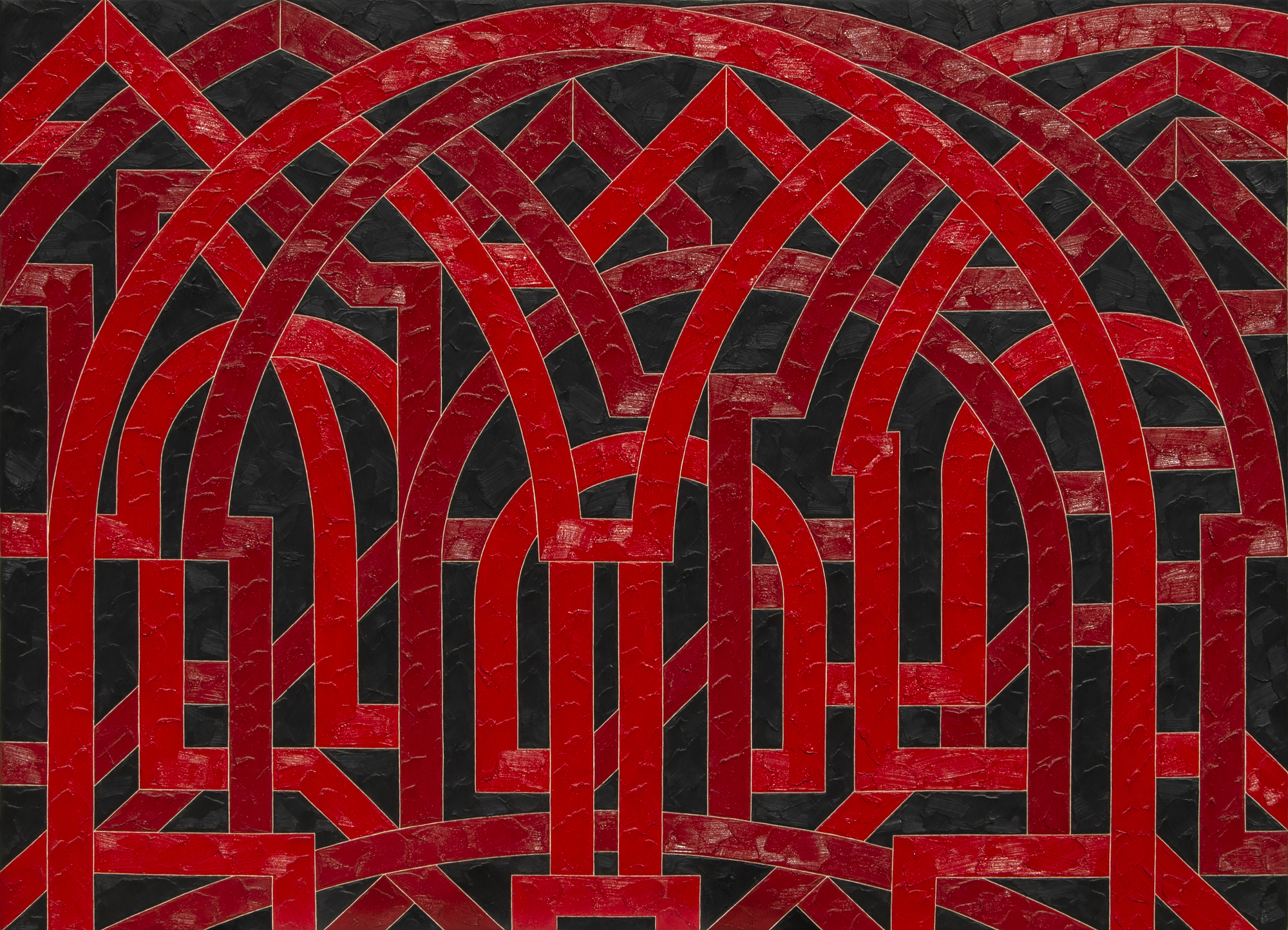
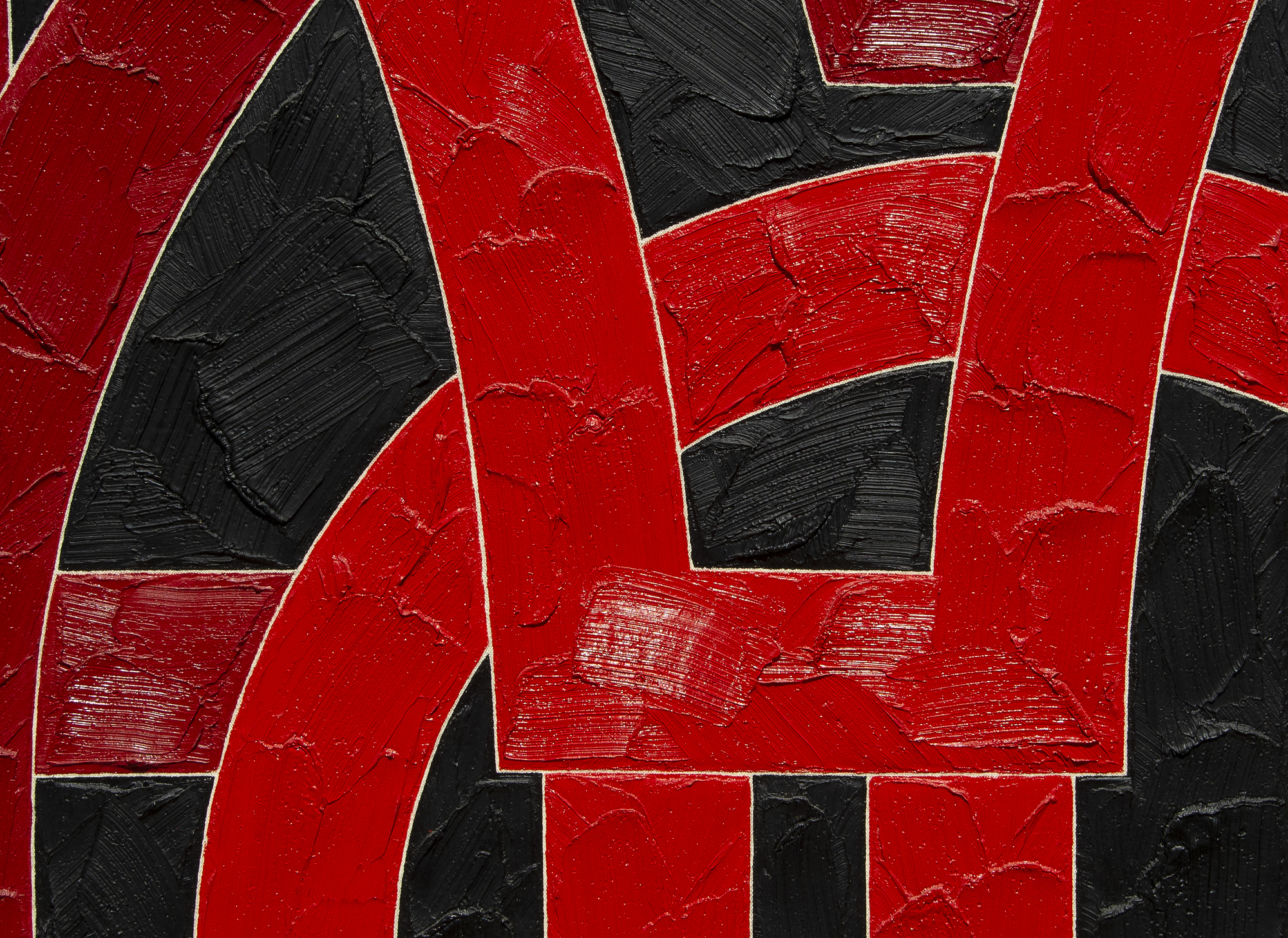
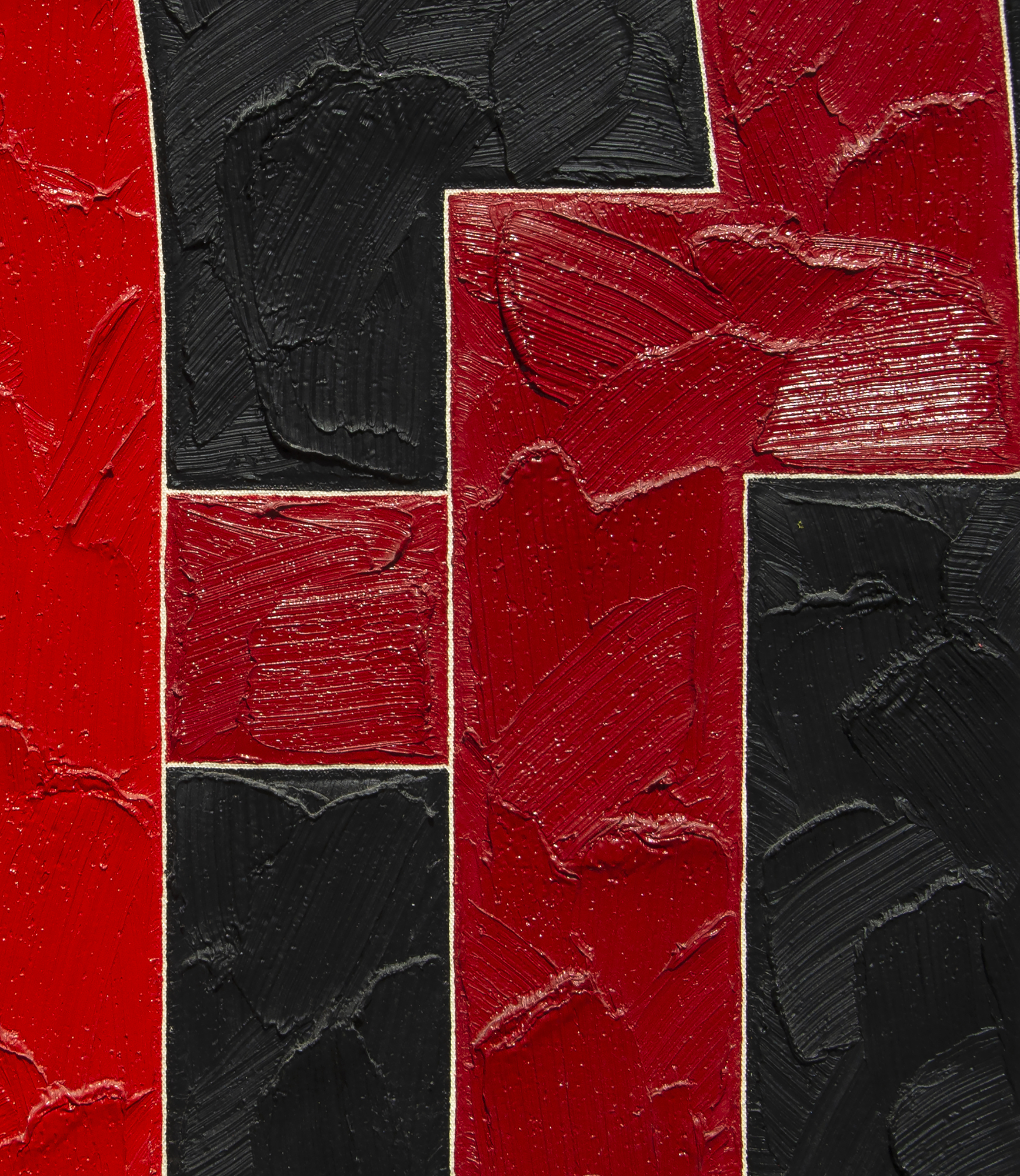

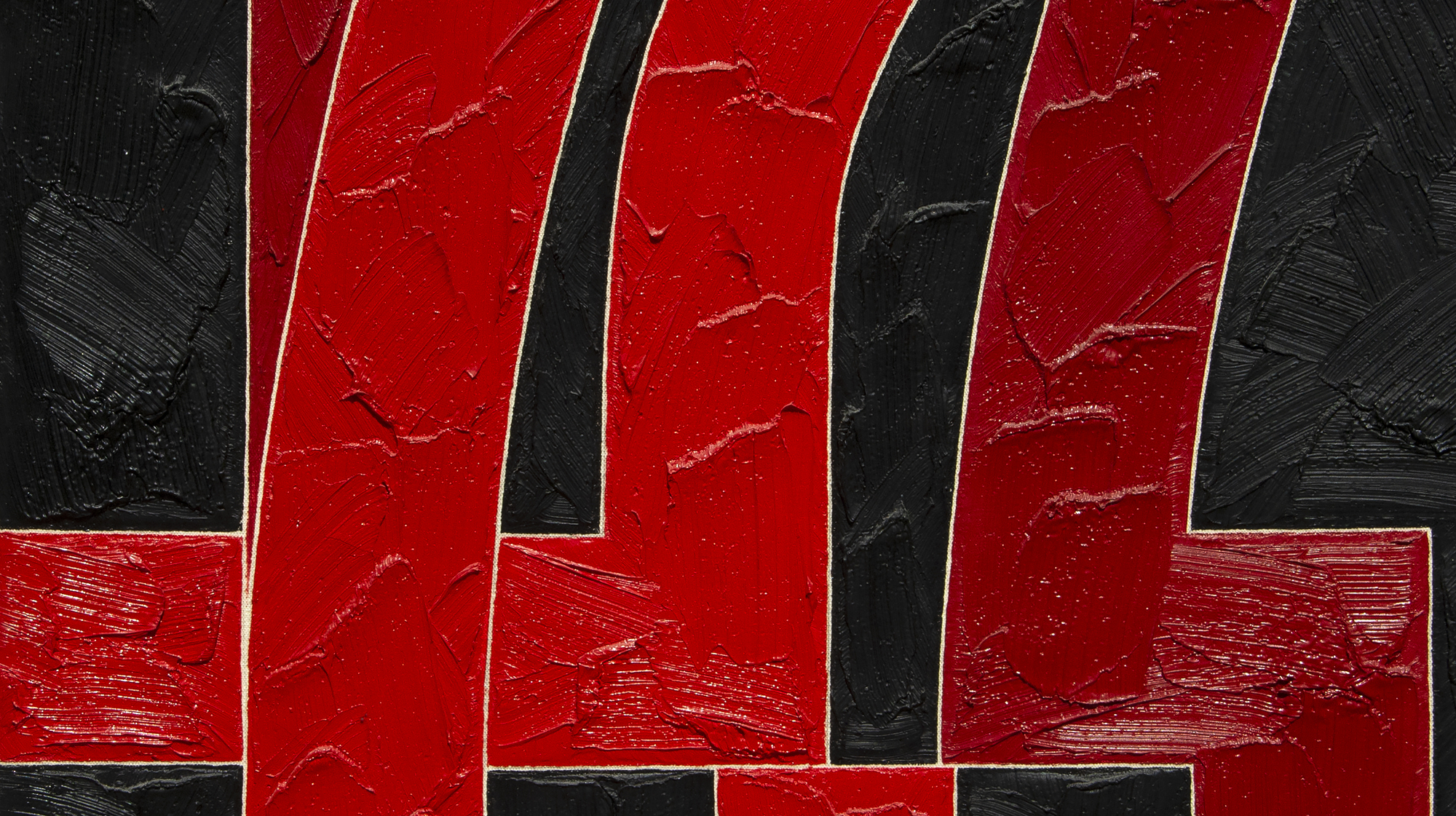
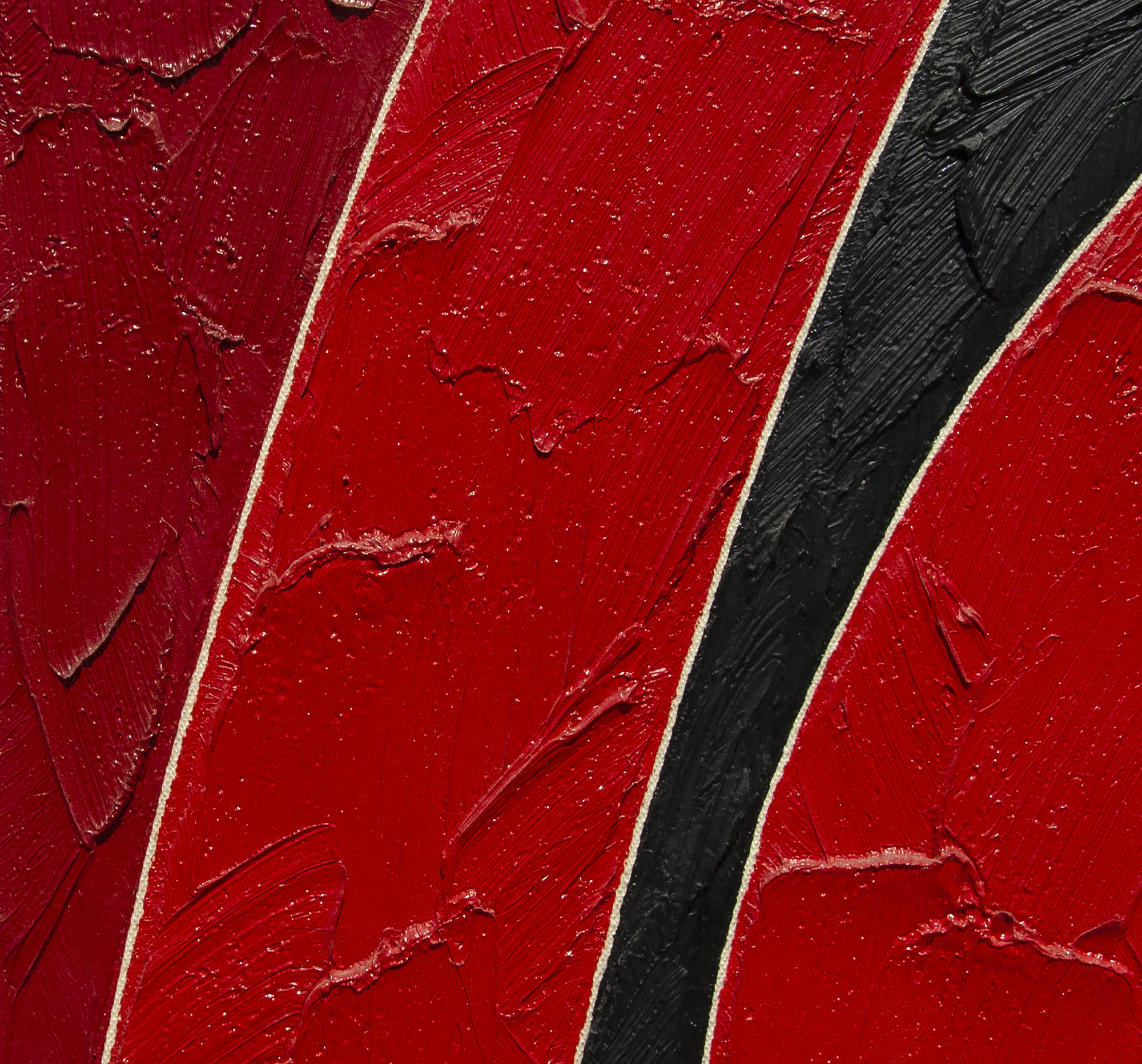
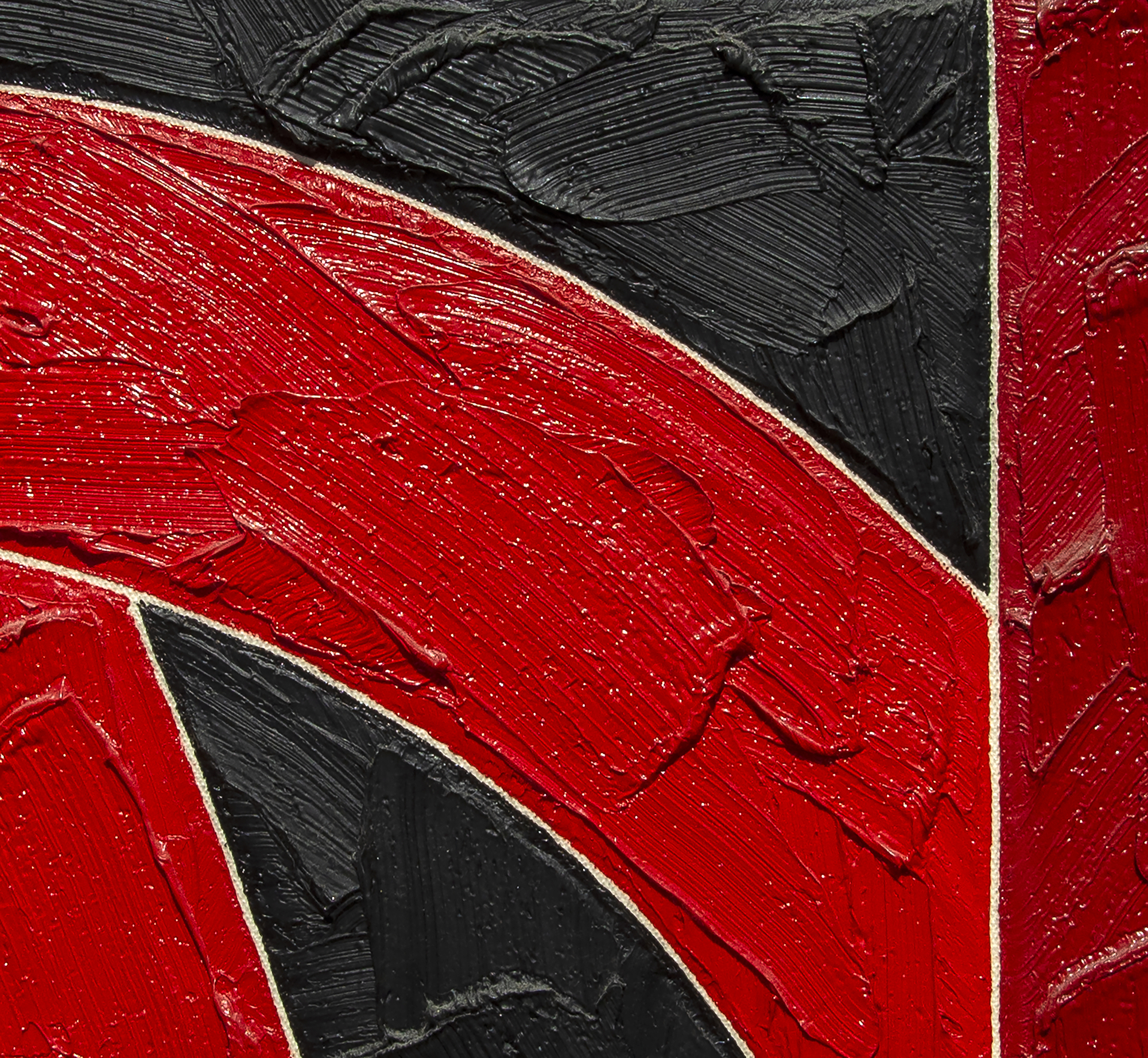
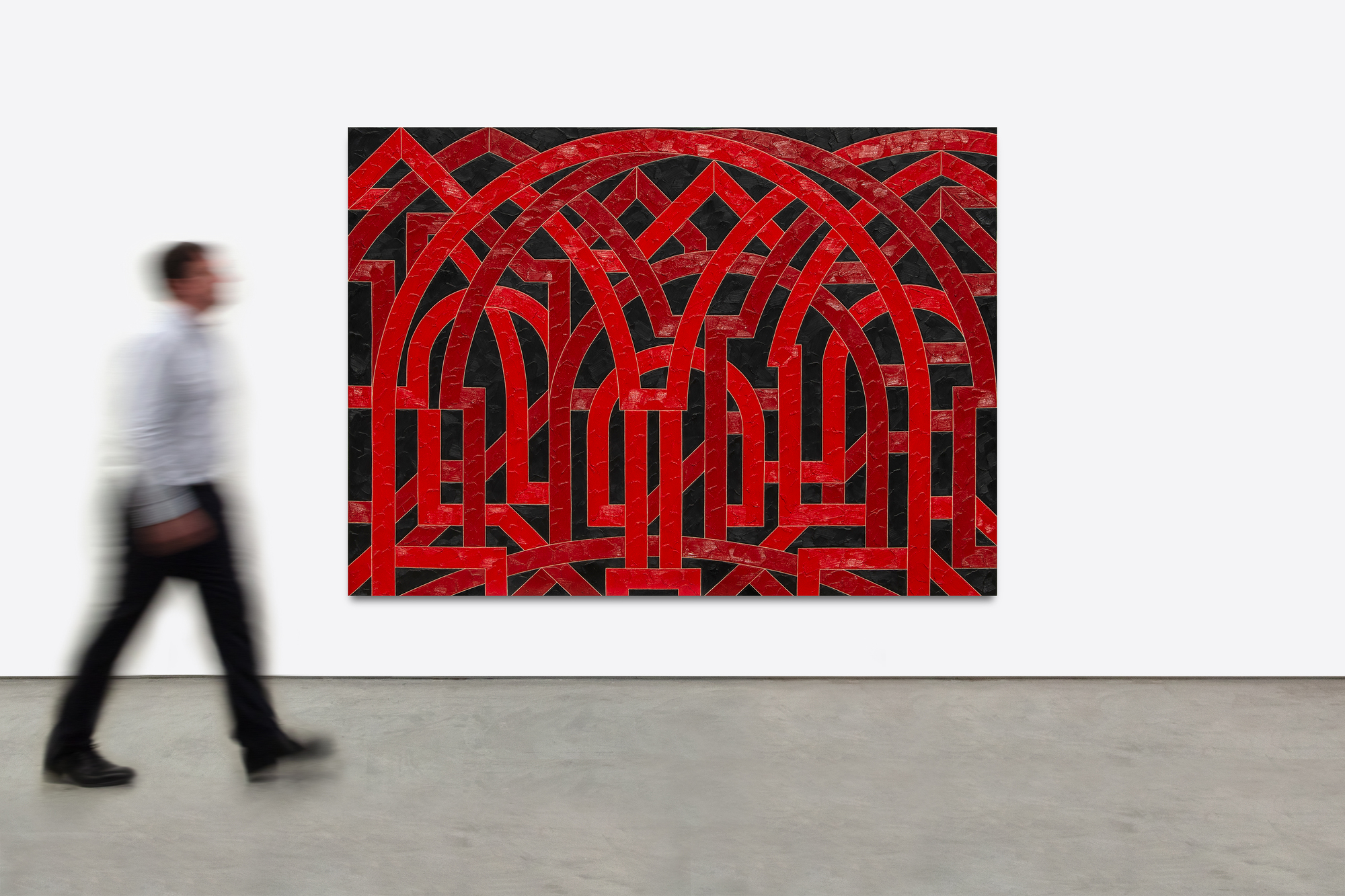
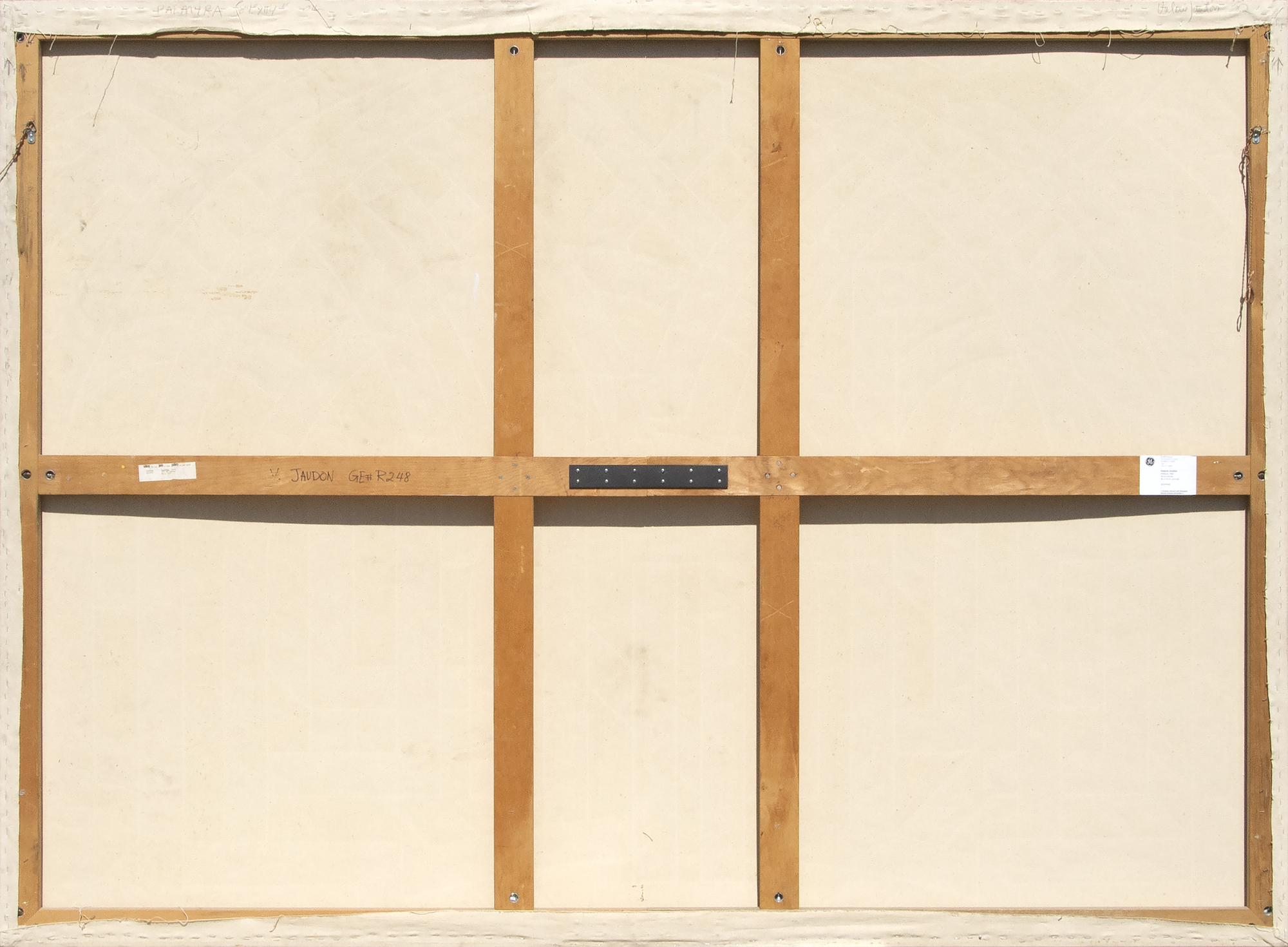
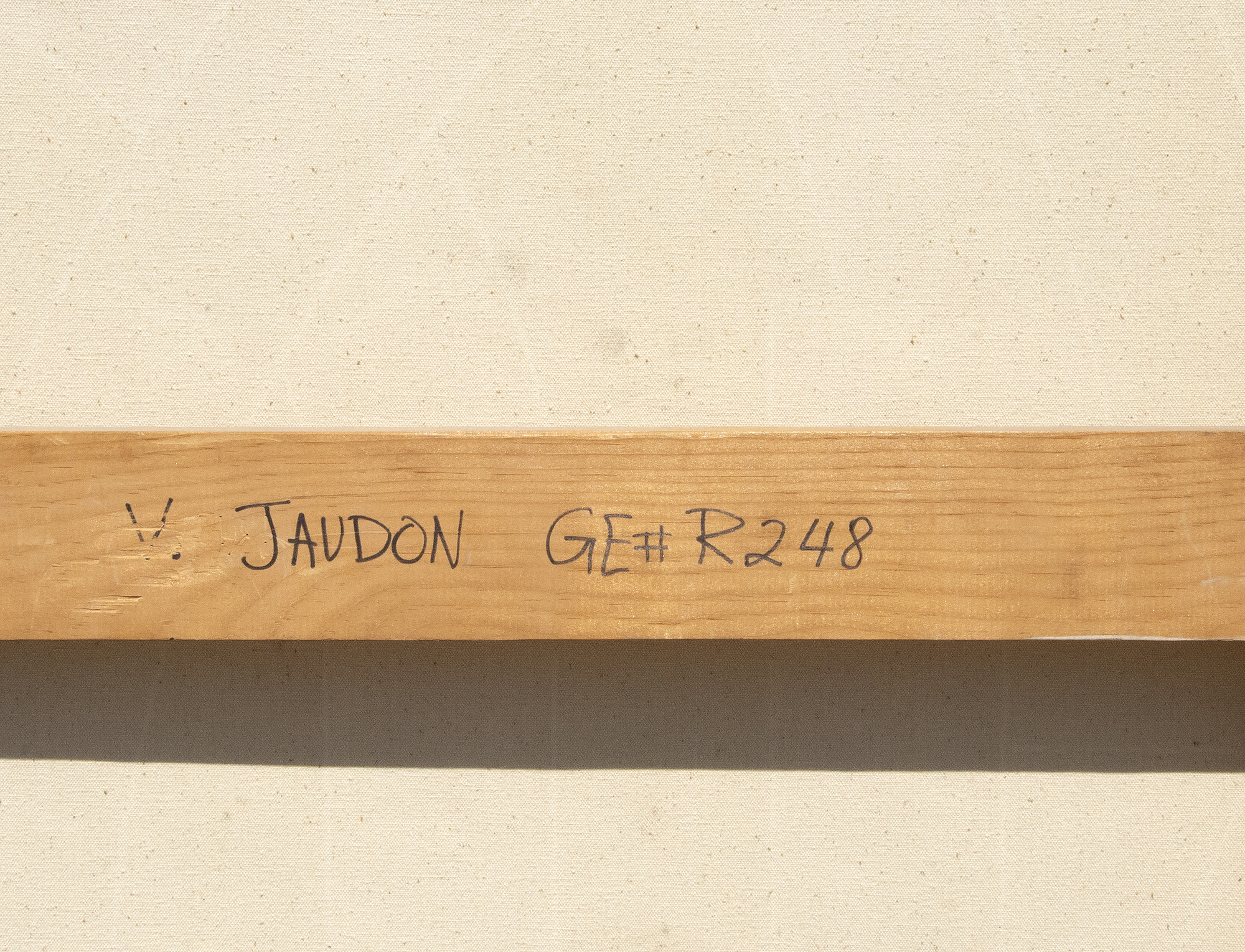
Procedencia
Colección Corporativa de General ElectricHeather James Fine Art, Palm Desert
125,000
Al mismo tiempo, Palmyra ejemplifica la capacidad de Jaudon para crear obras estéticamente bellas. Jaudon entrelaza tonos de rojo en arabescos ornamentados que recuerdan la cantería gótica, los nudos celtas y la caligrafía islámica. La nitidez de las líneas contra el empaste y la estratificación de los tonos rojos hace que parezca que las líneas están talladas como si fueran de piedra.


